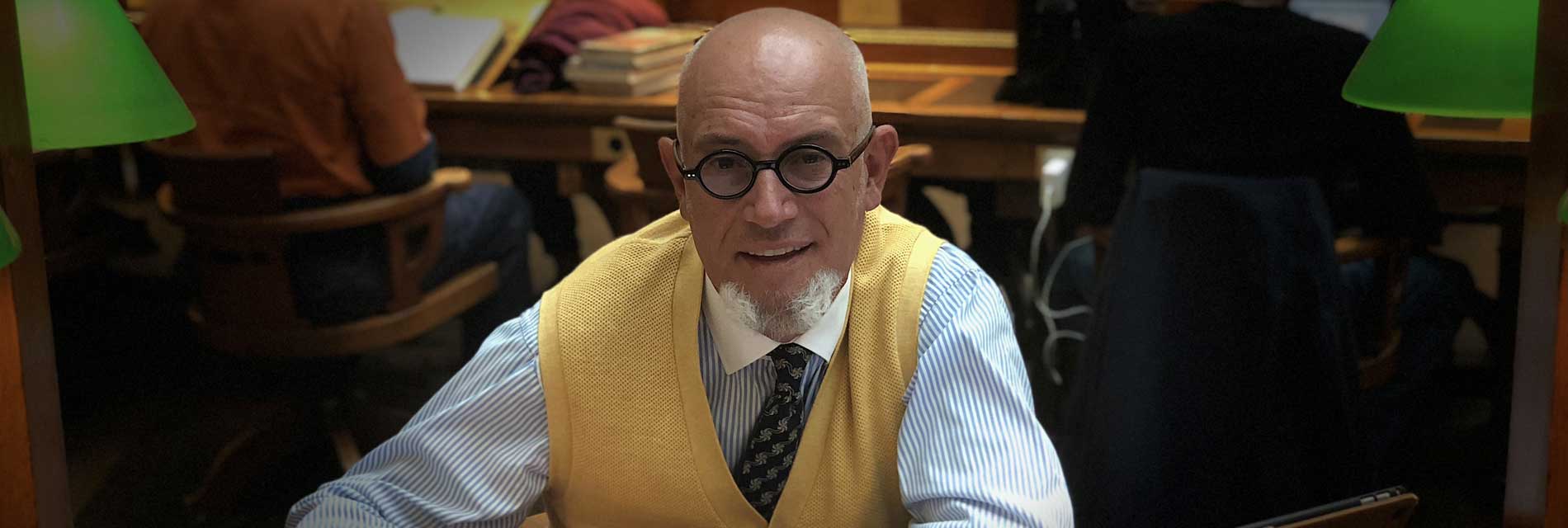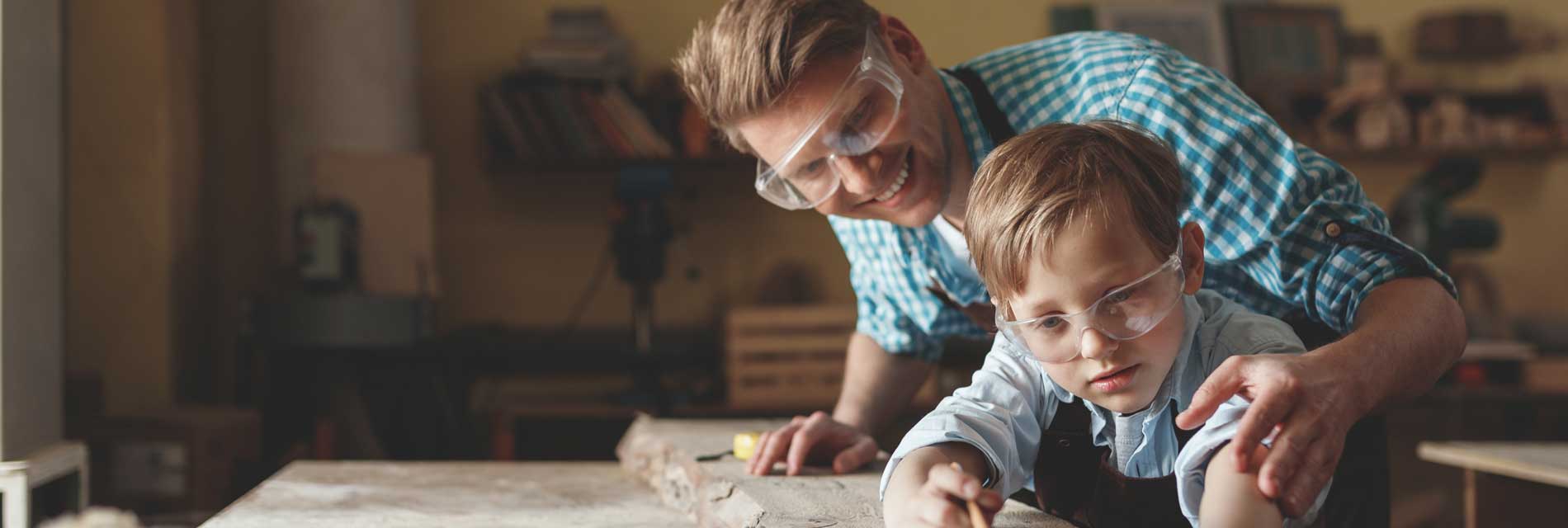Preparing for Inspections
A.K.A – What to expect when you’re inspecting
You only get one chance to make a first impression, so the state of your house at the time of inspections counts.
But what can you do to make sure your home is putting its best foot forward? We’ve collected a bunch of tips and tricks from those in the know, to get your home in top shape before you invite strangers to poke around in it.
What is an inspection?
There are two types of house inspections covered here: the open inspection or open house and the professional inspection. Both are important steps in securing a sale on your property.
Open inspections
Open inspections are when potential buyers come to see your property and decide whether it’s the kind of place where they could hang their hat. It might be an open inspection where any potential buyers are welcome to turn up – Saturday afternoons are an ideal time for these, by the way – or it might be an inspection set up by your real estate agent for a particular buyer they’ve identified as a good sale prospect.
Professional inspections
The professional inspection usually comes after the open inspection and is usually paid for by the buyer. However, if you’re looking to improve the value of your home, you might choose to have an inspector come around before putting your house on the market, so you can fix any major problems and then bump up your asking price.
A professional inspector will do a visual inspection of your house and provide you – or your buyer – with a report on it’s condition.
Top tips for open inspections
Keep it squeaky clean
Before you call us Captain Obvious – yes, this is pretty basic. But you’d be amazed at the difference a thorough scrubbing might make to your home. Dust, vacuum and scrub like crazy, and don’t forget all those hard to reach places, like inside the oven or at the back of cupboards, because you never know where potential buyers will be snooping into. Plus, don’t forget the outside of the house. Dirty gutters, oozing wheelie bins and a stuffed mailbox might leave a bad taste in buyers’ mouths.
Once you’ve got the place in tip top shape, keep it that way for the duration of the selling process by cleaning as you go – just in case your agent wants to bring around a last minute buyer.
Make the place bright and breezy
There’s nothing worse than a stuffy, dark house. Make potential buyers feel at home by airing the house out before the inspection starts and if weather permits, leaving a couple of windows cracked open during.
Open curtains or blinds as well, to let in as much natural light as possible. Not only will this make the inspection a more pleasant experience, but natural light is a big selling point for a lot of home buyers. Showcase your home to its full potential!
Lock the doggie door
Your furry friends may be the centre of your life, but not everyone will find Fido’s drooly mug as charming as you do. One of the big complaints from home buyers is evidence of four-footed residents in the house.
So, pack away pet beds or litter boxes, clean up any residual fur and make sure there’s no lingering pet odour.
While the inspection is going on, make sure your pet is either put away securely or is having a holiday away from home. A wet nose mark on a potential buyer is the last thing you need.

Think about the little things
Don’t forget all the niggly little details that may make or break a sale. This means things like making sure the house is a comfortable temperature – no one wants to live in a sweatbox or an ice palace – as well as ridding the air of any lingering smells like strong food or pets.
You can also add personal touches throughout the house. Although you want your house to be a blank canvas for buyers to project their style onto, small personal touches can make it seem more like a home, and less like one of those creepy staged rooms in a furniture store.
Safety first
During the inspection, strangers are going to be looking through your home – often without you there. While your realtor should have security on their mind, there are other things you can do to keep your belongings safe.
Ask your agent to take the details of anyone attending the inspection – for some real estate agents this is common practice but for others it’s not. This can help in accountability for stolen or broken items, but don’t just rely on it. Lock any valuables away, hide them in the back of a closet, or take them with you when you leave.
On the other hand, it’s also important to make sure your property is safe for prospective buyers to walk through. Maybe this means asking a realtor to warn people about uneven steps, or removing hazards entirely – just make sure to do whatever you can to minimise accidents!
Top tips for professional inspections
Be on time
Even if this is the only time in your life that you’re on time, you should do whatever you can to be ready for the inspection on time, if not early. Most experts suggest being ready half an hour before the inspection is scheduled.
This applies for open inspections too. Don’t be surprised if people show up a bit early and even spend some time checking out the outside of the property before the inspection starts – and if this happens, you don’t want them to look through the windows to see you frantically scrubbing down the kitchen tiles.
Turn the utilities on
Even if you aren’t living in the house at the moment, the utilities will need to be turned on so that the inspector can test electrical, plumbing, heating and cooling systems.
If the utilities are turned off, the inspector can’t do their job, which means you’ll have to reschedule for another time, or it could even lead to the buyer backing out of the deal. So make sure your basic utilities are working when the inspector comes around.
Make space
In the same vein, the inspector will need to have a close look at things like water heaters, air conditioners, plumbing and electrical boxes. Make sure there’s enough space around these fixtures that they can see them properly – usually a metre around them is ok. You might have to move furniture out of the way, but things will go a lot quicker and smoother if you’re prepared in advance.
Give an all access pass
The inspector will need access to the main areas of your house, but they’ll also need to be able to get into the garage, attic and basement if your home has them. They might also need to get into crawl spaces, sub-floors and roof-space to check on things like insulation.
Make sure these areas are easily accessible – and if they’re also clean and tidy, the inspector will thank you!
Have your documents ready
It’s a good idea to have any important documents pertaining to your house on hand, just in case the inspector needs to see them. This includes if you’ve upgraded recently – whether it’s structural renovations or new major kitchen appliances, you should have invoices or documentation to show it, and these are the kinds of things the inspector might need to see.
What is the inspection report?
When a professional inspection is done on your property, the inspector will fill out an inspection report, identifying problem areas in the house. Don’t be upset if there are a few red flags – no house is perfect, and most have at least minor issues.
While there’s no requirement for you as a seller to fix the issues raised in the report, you can negotiate between yourself, the realtor and your buyer to find a compromise that suits everyone.
Check out our table below to see what you can expect to be included and excluded from the average property inspection report.
| Included | Not Included |
|---|---|
| Structural assessment – including foundations and framework | Fire safety and smoke detectors |
| Roofing – including the condition of skylights and shingles | Security or alarm systems |
| Important systems like electrical, plumbing, heating and cooling | Pest report including termites |
| Insulation and ventilation | Environmental hazards such as asbestos |
| Major inside features like walls, ceilings, floors and stairs | Extra features like a swimming pool or hot tub, T.V. antennas or satellite dishes |
| Exterior features like the porch, balconies, walkways, and driveways | Cosmetic condition |
| Fireplaces, chimneys and vents | Any detached structures e.g. garage or garden shed |
Where should I be during the inspection?
So, there are strangers wandering around your house, looking into nooks and crannies, inspecting sideboards and window frames and giving each other looks. What do you do while this is going on?
As a general rule, it’s better to make yourself scarce during inspections. While professional inspectors probably don’t mind either way, it can be off putting for potential buyers to have you hovering over their shoulders.
Make an agreement with your real estate agent that inspections will be at certain times of the day when you’re out, or be ready to take a walk or go for a drive on short notice, so your realtor can show people through the house. You don’t need to worry too much about your privacy and security, as long as you trust your agent, who should be present throughout inspections. That’s why it’s important to choose the right real estate agent.
If you don’t want to leave the house completely that’s ok too, but designate an area, maybe in the yard or a single back room, where you will stay during the inspection. That way, you can keep an eye on things and be available in case buyers do want to chat, without being intrusive.
Source: Mozo
My Very Best To You Always,









